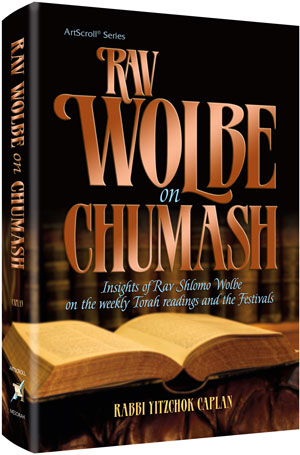The Torah describes the oppressive bondage of Bnei Yisrael: "Bnei Yisrael groaned from the work and they cried out and their prayers went up to Hashem. And Hashem heard their moaning and He remembered His covenant with Avraham, Yitzchok and Yaakov. And Hashem saw Bnei Yisraeland Hashem knew"(Shemos 2, 23-25). Rashi explains "and Hashem knew" means "He focused His heart upon them and His eyes did not ignore them." The Ramban adds that "their suffering came before 'meor panav' - His illuminated countenance."
Rav Wolbe (Shiurei Chumash) elaborates by citing Chazal who tell us, "Rebbi Yochanan says, All that we have [to rely on] is [Hashem's] he'aras panim, as it is written, 'Illuminate Your face so that we may be saved.'" In other words, all bounty and blessing come as a result of Hashem showing His he'aras panim. We also find this concept mentioned in Shemoneh Esrei. In the last bracha we say, "for with the light of your countenance You gave us Hashem our G-d: the Torah of life, a love of kindness, charity, blessing, compassion, life, and peace." All good things are dependent on Hashem's he'aras panim.
Rav Wolbe continues that each middah of Hashem can be found in every person albeit on a microcosmic scale. Just as Hashem sometimes displays he'aras panim while at other times conceals His panim (hester panim), so too, people have the ability to manifest either he'aras panim or hester panim (hiding one's face i.e. ignoring). The basis for all mitzvos between man and his fellow man is the ability to take notice of the people around him.
In this week's parsha, we find a description of Moshe Rabbeinu that directly parallels the above mentioned explanation of Rashi. Moshe left Paroh's palace to go see how his brothers were faring. The Torah tells us, "And he observed their affliction." Rashi explains, "He focused his eyes and heart upon them and shared their burden with them." Despite growing up in the king's palace, he was not indifferent to the plight of his brethren. He left his regal abode to observe Bnei Yisrael's oppression. It was because Moshe personified this middah of he'aras panim that he merited to become the redeemer. For one to be a conduit for Hashem's he'aras panim, he must exemplify that very middah himself.
Every day we have numerous opportunities to behave with either he'aras panim or hester panim. We could ignore or pretend we didn't see the tzedakah collector, the man schlepping his packages, the unhappy child, the despondent colleague or the lonely neighbor. Or, we can emulate the middah of Hashem and give a dollar, lend a hand, or offer an encouraging word. If we act with he'aras panim, Hashem will reciprocate middah k'neged middah, and we will merit His infinite bounty and blessings.


No comments:
Post a Comment